You can use the new Python YahooFinancials module with pandas to do this. YahooFinancials is well built and gets it's data by hashing out the datastore object present in each Yahoo Finance Web page, so it's fast and doesn't rely on the old discontinued api nor a web driver like a scraper does. Data is returned as JSON and you can pull as many stocks as you want at once by passing in a list of stock/index tickers to initialize the YahooFinancials Class with.
$ pip install yahoofinancials
Usage Example:
from yahoofinancials import YahooFinancials
import pandas as pd
# Select Tickers and stock history dates
ticker = 'AAPL'
ticker2 = 'MSFT'
ticker3 = 'INTC'
index = '^NDX'
freq = 'daily'
start_date = '2012-10-01'
end_date = '2017-10-01'
# Function to clean data extracts
def clean_stock_data(stock_data_list):
new_list = []
for rec in stock_data_list:
if 'type' not in rec.keys():
new_list.append(rec)
return new_list
# Construct yahoo financials objects for data extraction
aapl_financials = YahooFinancials(ticker)
mfst_financials = YahooFinancials(ticker2)
intl_financials = YahooFinancials(ticker3)
index_financials = YahooFinancials(index)
# Clean returned stock history data and remove dividend events from price history
daily_aapl_data = clean_stock_data(aapl_financials
.get_historical_stock_data(start_date, end_date, freq)[ticker]['prices'])
daily_msft_data = clean_stock_data(mfst_financials
.get_historical_stock_data(start_date, end_date, freq)[ticker2]['prices'])
daily_intl_data = clean_stock_data(intl_financials
.get_historical_stock_data(start_date, end_date, freq)[ticker3]['prices'])
daily_index_data = index_financials.get_historical_stock_data(start_date, end_date, freq)[index]['prices']
stock_hist_data_list = [{'NDX': daily_index_data}, {'AAPL': daily_aapl_data}, {'MSFT': daily_msft_data},
{'INTL': daily_intl_data}]
# Function to construct data frame based on a stock and it's market index
def build_data_frame(data_list1, data_list2, data_list3, data_list4):
data_dict = {}
i = 0
for list_item in data_list2:
if 'type' not in list_item.keys():
data_dict.update({list_item['formatted_date']: {'NDX': data_list1[i]['close'], 'AAPL': list_item['close'],
'MSFT': data_list3[i]['close'],
'INTL': data_list4[i]['close']}})
i += 1
tseries = pd.to_datetime(list(data_dict.keys()))
df = pd.DataFrame(data=list(data_dict.values()), index=tseries,
columns=['NDX', 'AAPL', 'MSFT', 'INTL']).sort_index()
return df
Multiple stocks data at once example (returns list of JSON objects for each ticker):
from yahoofinancials import YahooFinancials
tech_stocks = ['AAPL', 'MSFT', 'INTC']
bank_stocks = ['WFC', 'BAC', 'C']
yahoo_financials_tech = YahooFinancials(tech_stocks)
yahoo_financials_banks = YahooFinancials(bank_stocks)
tech_cash_flow_data_an = yahoo_financials_tech.get_financial_stmts('annual', 'cash')
bank_cash_flow_data_an = yahoo_financials_banks.get_financial_stmts('annual', 'cash')
banks_net_ebit = yahoo_financials_banks.get_ebit()
tech_stock_price_data = tech_cash_flow_data.get_stock_price_data()
daily_bank_stock_prices = yahoo_financials_banks.get_historical_stock_data('2008-09-15', '2017-09-15', 'daily')
JSON Output Example:
Code:
yahoo_financials = YahooFinancials('WFC')
print(yahoo_financials.get_historical_stock_data("2017-09-10", "2017-10-10", "monthly"))
JSON Return:
{
"WFC": {
"prices": [
{
"volume": 260271600,
"formatted_date": "2017-09-30",
"high": 55.77000045776367,
"adjclose": 54.91999816894531,
"low": 52.84000015258789,
"date": 1506830400,
"close": 54.91999816894531,
"open": 55.15999984741211
}
],
"eventsData": [],
"firstTradeDate": {
"date": 76233600,
"formatted_date": "1972-06-01"
},
"isPending": false,
"timeZone": {
"gmtOffset": -14400
},
"id": "1mo15050196001507611600"
}
}
